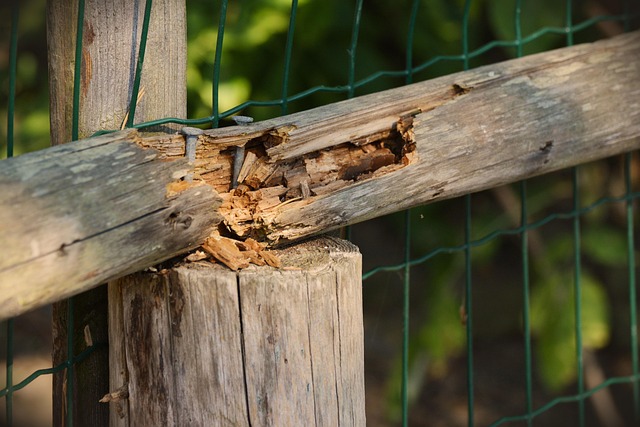Sewer systems are crucial for property management, comprising pipes, manholes, and treatment plants that collaborate to process wastewater. Regular maintenance is vital to prevent costly sewer repair emergencies, with residential and commercial systems requiring different levels of care. Early identification of issues through inspections prevents damage and health risks. Traditional sewer repair methods include extensive digging, but modern innovations like high-pressure water jetting and relining offer faster, less invasive alternatives. Understanding sewer repair cost estimates is essential for budgeting; regular maintenance practices can significantly reduce these costs. Selecting a licensed, experienced plumber with positive reviews ensures reliable and effective sewer repair services.
Sewer repair is a crucial aspect of maintaining any property, whether it’s a homeowner or a business. Understanding your sewer system and common issues can prevent costly damages. This article delves into the intricacies of sewer repair, offering insights on causes of leaks, identifying signs of trouble, and exploring modern repairs like non-invasive techniques. We also cover cost estimates, maintenance tips, and choosing the right professionals for seamless, efficient sewer repair solutions.
Understanding Sewer Systems: An Overview for Homeowners and Businesses
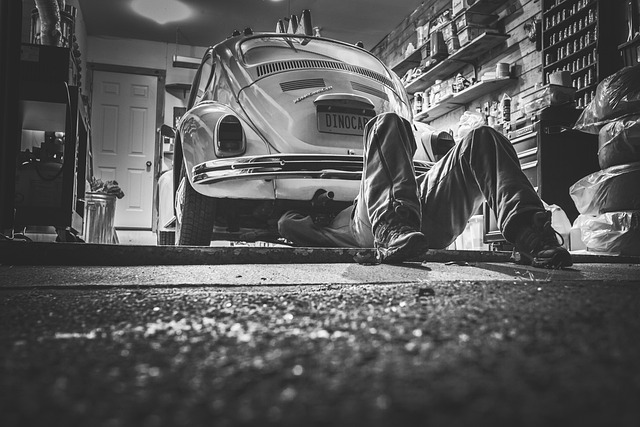
Sewer systems are an integral part of any residential or commercial property, facilitating the efficient removal of wastewater and maintaining a healthy environment. Understanding how these systems work is crucial for homeowners and businesses alike when it comes to recognizing potential issues and knowing when professional sewer repair is necessary. At its core, a sewer system consists of pipes, manholes, and treatment plants that collaborate to transport and treat waste before it’s discharged back into the environment.
Residential sewer systems typically connect directly to the main municipal lines, while commercial properties may have more complex setups due to higher water usage and demand. Regular maintenance and prompt attention to any unusual noises, smells, or clogs can prevent minor issues from escalating into costly sewer repair emergencies. By familiarizing themselves with their system’s basics, homeowners and business owners empower themselves to better protect their investments and ensure the longevity of their sewer infrastructure.
Common Causes of Sewer Line Damage and Leaks

Sewer lines, despite their hidden nature, are often subject to damage and leaks, leading to costly repairs. Common causes include root intrusion—trees and plants can send roots into pipes, causing blockages or fracturing them over time. Another significant issue is corrosion; metal pipes eventually weaken due to exposure to water chemicals and age, resulting in cracks or holes.
Human error also plays a role; anything from improper disposal of waste to backwashing from water softeners can cause damage. Even changes in ground level due to construction or settlement can affect the integrity of sewer lines. Prompt identification of these issues through regular maintenance and professional inspections is crucial for effective sewer repair, ensuring the longevity of these vital infrastructure components.
Identifying Signs of Sewer Issues in Your Property
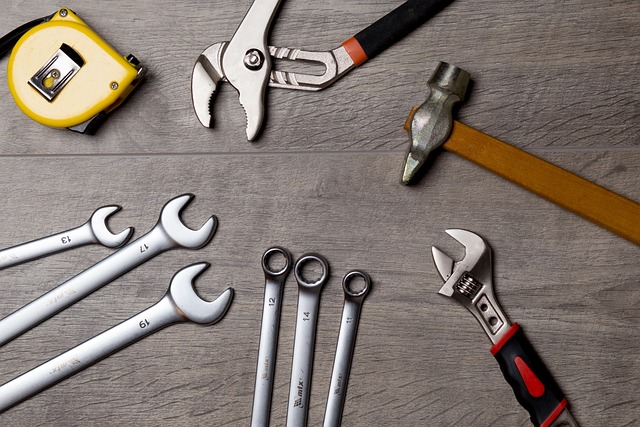
Many sewer issues can go unnoticed until they’ve caused significant damage, so it’s crucial to be aware of potential signs. Look out for strange odours coming from drains or unusual gurgling sounds, which might indicate a blockage. Another common indicator is slow-draining sinks and showers, as this could signal a problem with the pipes connecting to the main sewer line.
Regular inspections are key to catching issues early. Property owners should occasionally check for signs of water damage or mold in basements or crawl spaces, as these could point to sewer leaks. If left unattended, these problems not only cause extensive structural damage but also lead to costly repairs and health hazards due to contaminated water.
The Importance of Timely Sewer Repair: Potential Consequences of Delays

Sewer repairs are essential maintenance tasks that often go overlooked until they become critical. Timely sewer repair is crucial for maintaining the integrity of a property’s plumbing system and ensuring the health and safety of its occupants. Delays in addressing sewer issues can lead to severe consequences, including structural damage, contamination of drinking water sources, and even the spread of diseases.
When a sewer line fails or becomes blocked, it can result in flooding, mold growth, and unpleasant odors. Moreover, these delays can significantly increase repair costs due to the aggravation of underlying problems. Prompt action by homeowners and businesses alike is vital to prevent these complications. Regular maintenance checks and quick responses to any signs of trouble are key to minimizing disruptions and keeping sewer systems running smoothly.
Traditional Sewer Repair Methods vs. Modern Innovations
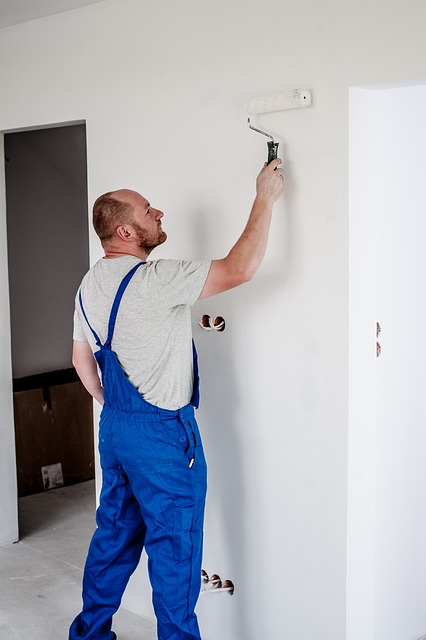
In the realm of sewer repair, traditional methods have long been the go-to solution for addressing leaks and blockages. These conventional techniques often involve labor-intensive processes such as digging up large sections of the pipe to inspect and fix issues. While effective, this method is time-consuming, disruptive to properties, and can lead to increased costs due to extensive excavation.
Modern innovations in sewer repair have emerged to revolutionize this process, offering faster, less invasive, and cost-efficient alternatives. Advanced technologies like high-pressure water jetting, robotic inspection systems, and relining methods enable technicians to identify and rectify problems from the surface, minimizing excavation. These modern approaches not only reduce property damage but also shorten downtime for businesses and homeowners, making sewer repair more convenient and accessible than ever before.
Non-Invasive Sewer Repair Techniques: A Safer Approach
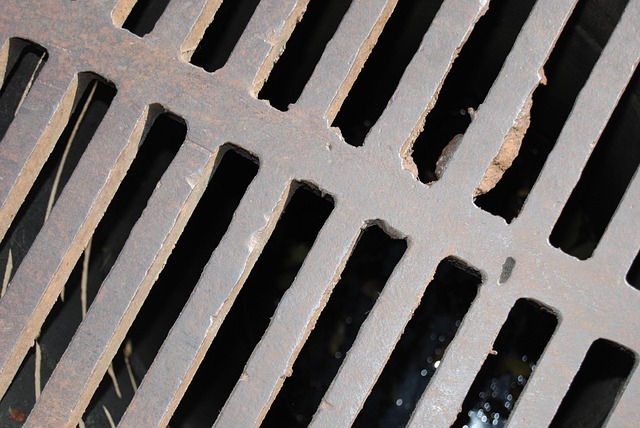
Non-invasive sewer repair techniques are transforming the way we address plumbing issues, offering a safer and more environmentally friendly approach to sewer repair. These advanced methods eliminate the need for traditional excavation, which can be disruptive and costly. By using innovative technology, such as video inspection and hydrojetting, professionals can now identify and fix problems within the sewer lines without breaking ground.
Video inspection cameras provide real-time visuals of the sewer system, allowing for precise location and assessment of damage. Hydrojetting, on the other hand, uses a high-pressure water stream to clear obstructions and remove root intrusions, restoring the pipeline’s flow efficiently. These non-invasive techniques not only minimize property damage but also reduce the environmental impact associated with traditional repair methods, making them a preferred choice for both residential and commercial sewer repair.
Cost Estimates for Sewer Repair: Factors Influencing the Budget

When considering sewer repair for your home or business, understanding cost estimates is crucial. The price of sewer repair can vary significantly based on several factors. One of the primary influences is the extent of damage or issues found during an inspection. Simple repairs like fixing a broken pipe might cost a few hundred dollars, while more complex tasks such as replacing entire sections of sewer lines or repairing structural damage could run into the thousands.
Another factor affecting budget is the type of material used for replacement. Different materials have varying costs and lifespans; for instance, plastic pipes are generally cheaper but may not last as long as concrete ones. Location also plays a role; labor and material costs can differ widely across regions, impacting the overall price tag. Additionally, permits and regulatory requirements in your area could add to the expenses, so it’s essential to factor these into your cost estimate for sewer repair.
Maintenance Tips to Prevent Sewer Problems and Extend Pipe Lifespan

Regular maintenance is key to preventing sewer problems and extending the lifespan of your home or business’s pipes. One effective tip is to avoid pouring grease, fat, or oil down the drain. These substances can solidify in cold temperatures, leading to clogs that require costly sewer repair. Additionally, install trap primers or use natural enzymes to keep water moving through the pipes, preventing blockages.
Another crucial maintenance step is to inspect and clean out catch basins regularly. These are often located in your yard or near manholes and can accumulate debris like leaves, twigs, and other waste, which can eventually lead to sewer line issues. Furthermore, consider hiring a professional plumber for periodic camera inspections to identify any potential problems before they turn into major repairs.
Choosing the Right Sewer Repair Company: What to Look For
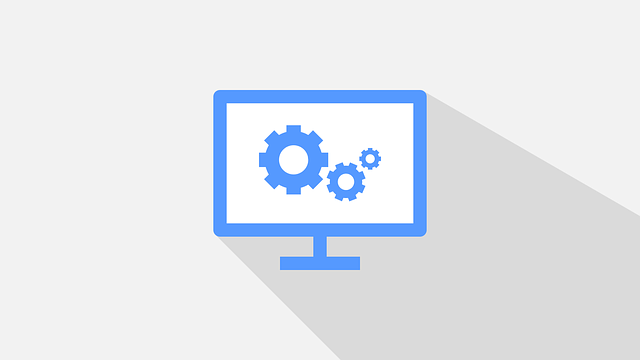
When choosing a sewer repair company, it’s crucial to select a licensed and insured professional with extensive experience in the field. Look for a firm that offers a wide range of services, from emergency repairs to complete sewer replacement, ensuring they can handle any issue that arises. Reputable companies should be able to provide references and proof of their work, allowing you to review their track record.
Additionally, consider the company’s reputation and customer reviews. Online platforms offer insights into past clients’ experiences, helping you gauge their reliability, communication skills, and project management. A good sewer repair company will prioritize transparency in pricing, offering detailed quotes without hidden costs, ensuring a stress-free and cost-effective process for both homes and businesses.
